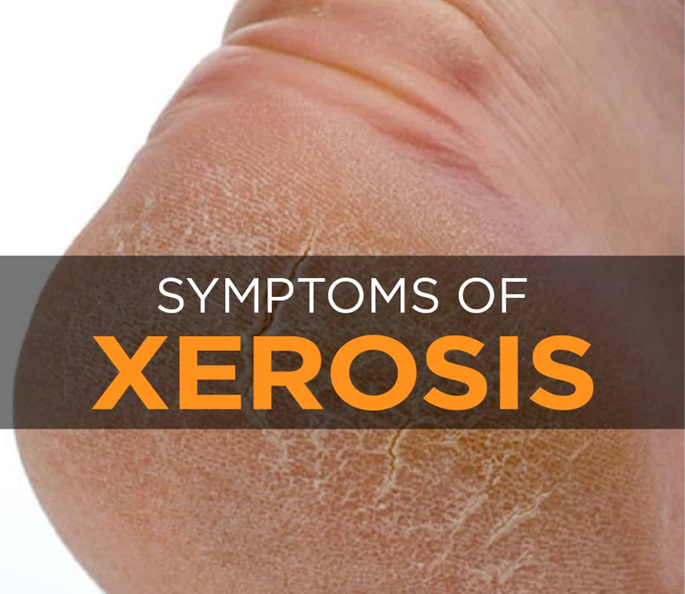According to Healthy People 2020, older adults have been identified as a priority, addressing goals to improve dental health. Identify the correct dental health goals for older adults. (Select all that apply.)
Reduce the proportion of older adults with untreated caries.
Reduce the proportion of adults with untreated dental decay.
Prevent and control oral and craniofacial diseases, conditions, and injuries.
Improve access to preventive services and dental care.
Correct Answer : A,C,D
Choice A: Reduce the proportion of older adults with untreated caries. This is a correct answer because it is one of the Healthy People 2020 oral health objectives for older adults¹. Untreated caries can lead to pain, infection, tooth loss, and reduced quality of life². Reducing the prevalence of untreated caries can improve the oral health and well-being of older adults.
Choice B: Reduce the proportion of adults with untreated dental decay. This is an incorrect answer because it is not specific to older adults. The Healthy People 2020 oral health objectives for adults include reducing the proportion of adults aged 35 to 44 years with untreated dental decay¹. However, this does not address the unique needs and challenges of older adults, such as increased risk of root caries, dry mouth, and periodontal disease².
Choice C: Prevent and control oral and craniofacial diseases, conditions, and injuries. This is a correct answer because it is the overall goal of the Healthy People 2020 oral health objectives¹. Oral and craniofacial diseases, conditions, and injuries can affect the function, appearance, and quality of life of older adults². Preventing and controlling these problems can help older adults maintain their oral health and general health.
Choice D: Improve access to preventive services and dental care. This is a correct answer because it is one of the Healthy People 2020 oral health objectives for older adults¹. Access to preventive services and dental care can help older adults prevent oral diseases, detect problems early, and receive appropriate treatment². However, many older adults face barriers to accessing oral health care, such as lack of dental insurance, transportation, or awareness³. Improving access to oral health care can reduce these disparities and improve the oral health outcomes of older adults.
Nursing Test Bank
Naxlex Comprehensive Predictor Exams
Related Questions
Correct Answer is ["B","C"]
Explanation
Choice A: Use an antifungal cleanser daily. This is not a correct answer. Antifungal cleansers are not recommended for treating fungal infections, as they can irritate the skin and disrupt the natural balance of the skin flora¹. Antifungal cleansers may also reduce the effectiveness of other antifungal medications².
Choice B: Eliminate the conditions that created the problem. This is a correct answer. Fungal infections are often caused by factors that create a favorable environment for fungi to grow, such as moisture, warmth, poor hygiene, or weakened immunity³. Eliminating these conditions can help prevent or treat fungal infections by reducing the fungal load and restoring the skin barrier.
Choice C: Thoroughly clean and dry skin daily. This is also a correct answer. Cleaning and drying the skin daily can help remove dirt, sweat, and dead skin cells that can harbor fungi and cause infections. Drying the skin well, especially in the folds and creases, can also prevent moisture buildup that can promote fungal growth.
Choice D: Apply 4x4 dressings to the affected site.This is not a correct answer. Applying dressings to the affected site can trap moisture and heat, which can worsen fungal infections. Dressings may also interfere with the absorption of topical antifungal medications. Dressings are only indicated for fungal infections that cause open wounds or ulcers, and they should be changed frequently and kept clean and dry..
Correct Answer is C
Explanation
Choice A reason: A licensed practical nurse is qualified to care for the feet of a client with diabetes is false because foot care for people with diabetes requires specialized training and skills that are beyond the scope of practice of a licensed practical nurse. A registered nurse or a podiatrist should provide foot care for people with diabetes, as they can assess, treat, and prevent foot problems such as ulcers, infections, or nerve damage.
Choice B reason: Onychomycosis is quickly eradicated with antifungal creams or powders is false because onychomycosis, or fungal nail infection, is a stubborn and persistent condition that can take months or years to clear. Antifungal creams or powders are usually not effective for onychomycosis, as they cannot penetrate the nail plate. Oral antifungal medication or laser therapy may be needed to treat onychomycosis.
Choice C reason: Maintaining oral hydration may reduce the incidence of xerosis is true because xerosis, or dry skin, is a common problem for older adults, as their skin produces less oil and moisture. Drinking enough fluids can help hydrate the skin and prevent dryness, itching, cracking, or infection. The recommended fluid intake for older adults is 2400 mL/day, according to the National Council on Aging.
Choice D reason: Ram’s-horn nail should be cut to give a smooth, rounded edge is false because ram’s-horn nail, or onychogryphosis, is a condition where the nail becomes thickened, curved, and distorted. Cutting the nail can be difficult and painful, and may cause bleeding or infection. A podiatrist should trim and file the nail, and treat any underlying causes of the condition.

Whether you are a student looking to ace your exams or a practicing nurse seeking to enhance your expertise , our nursing education contents will empower you with the confidence and competence to make a difference in the lives of patients and become a respected leader in the healthcare field.
Visit Naxlex, invest in your future and unlock endless possibilities with our unparalleled nursing education contents today
Report Wrong Answer on the Current Question
Do you disagree with the answer? If yes, what is your expected answer? Explain.
Kindly be descriptive with the issue you are facing.
